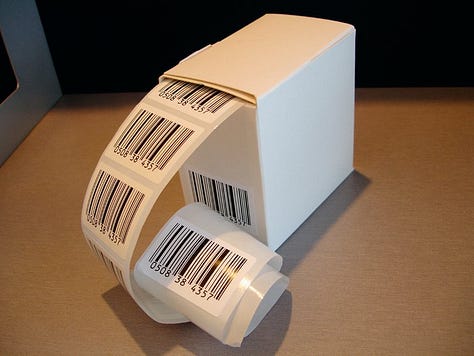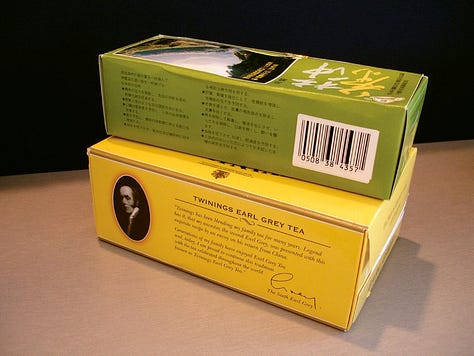


A support hotline exists for women who are victims of domestic violence. You want to discreetly share the number with them—how would you do it?
The “Bar Code” project creates sticker barcodes that can be placed on everyday products. These are handed out by healthcare staff at hospitals or family clinics when women come in for their appointments. At home, women stick the barcodes onto products they use daily. That way, they can easily scan and access the hotline number if needed.*
The project’s success is evidenced by increased requests for more barcodes and a rise in hotline calls. So why do I like it?
Why I like it
It’s simple, practical, and effective—a phone number on paper—nothing more.
It doesn’t require any infrastructure or fancy tech—no barriers to implementation.
It provides virtually zero-cost, direct access to the target group.
Lessons Learned
Even though everyone is so focused on digital and tech solutions, it can be valuable to explore simpler alternatives.
Using healthcare workers as a distribution channel is inspiring: it reduces costs and reaches the audience directly.
Homework
Think about different unconventional channels where you could deliver your product or brand to consumers.
For example:
Plastic wrap or freezer bags—distributed at butcher shops during packaging.
A used-car listing site—partner with car washes to provide instant preliminary pricing.
A silent robot vacuum—placed in hair salons (quietly cleaning up hair as they cut).
How else could you communicate your brand on paper, beyond standard brochures or flyers?
Wishing you an inspiring week.
— Burak



